Home>Gardening & Outdoor>Outdoor Recreation & Activities>How To Maintain A Swimming Pool
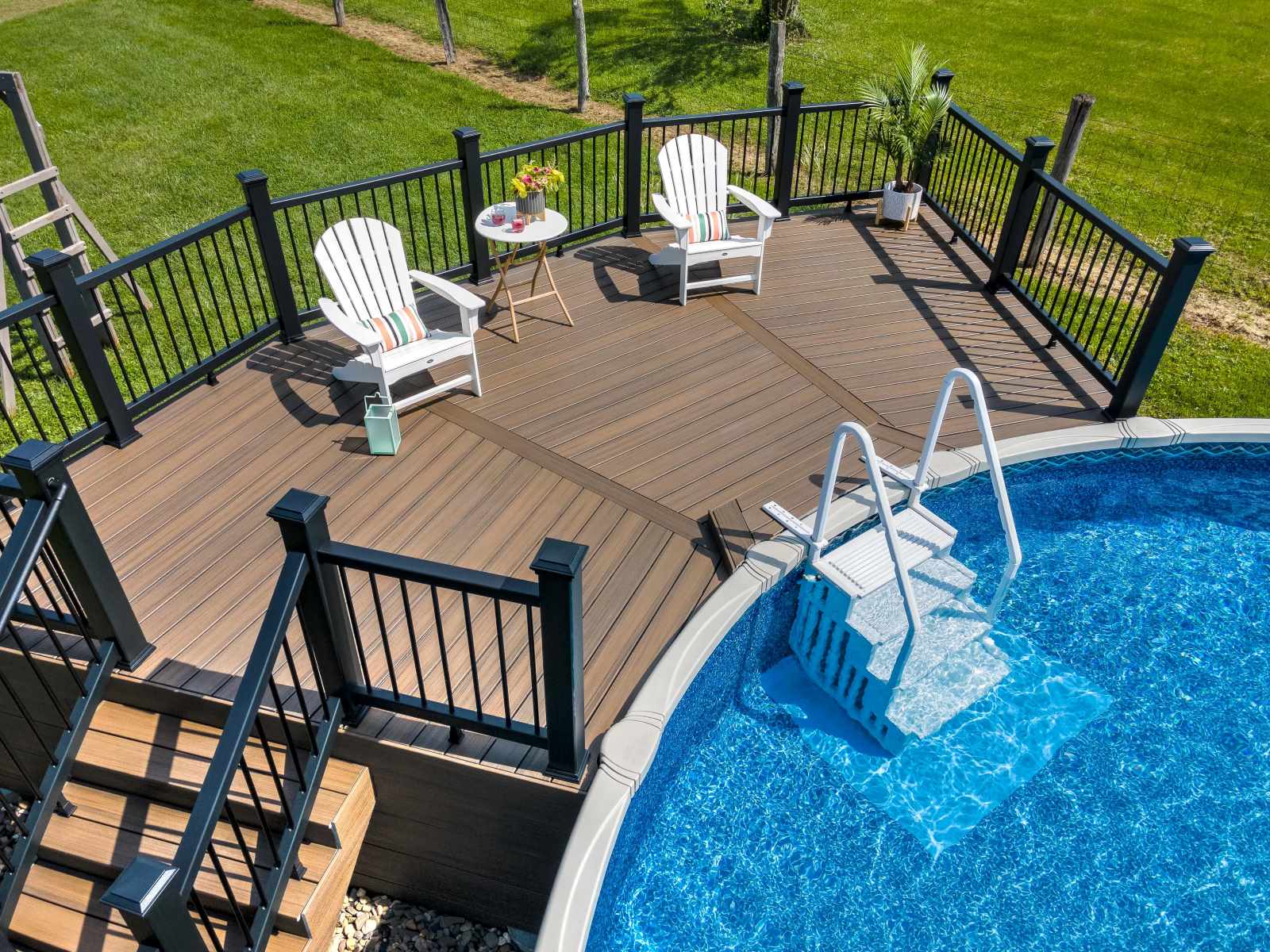

Outdoor Recreation & Activities
How To Maintain A Swimming Pool
Modified: August 27, 2024
Learn the essential steps for maintaining a sparkling swimming pool with our expert outdoor recreation and activities guide. Keep your pool in top condition all year round!
(Many of the links in this article redirect to a specific reviewed product. Your purchase of these products through affiliate links helps to generate commission for Storables.com, at no extra cost. Learn more)
Introduction
Maintaining a swimming pool is essential for ensuring a safe, clean, and enjoyable aquatic environment. Whether it's an above-ground pool in the backyard or an expansive in-ground oasis, proper maintenance is crucial for preserving the pool's longevity and the well-being of those who use it. A well-maintained pool not only enhances the aesthetic appeal of the surrounding area but also provides a refreshing retreat during hot summer days.
Proper pool maintenance involves a combination of regular cleaning, water chemistry management, filter upkeep, equipment inspection, and seasonal preparations. By adhering to a consistent maintenance routine, pool owners can prevent the buildup of algae, bacteria, and debris, thus minimizing the need for extensive cleaning and repairs down the line.
In this comprehensive guide, we will delve into the various aspects of maintaining a swimming pool, providing valuable insights and practical tips to help you keep your pool in top condition throughout the year. From routine cleaning and skimming to monitoring water chemistry, maintaining the pool filter, inspecting equipment, and preparing for the winter season, each facet of pool maintenance plays a crucial role in preserving the pool's functionality and aesthetics.
By understanding and implementing the best practices for pool maintenance, you can create a safe and inviting aquatic haven for yourself, your family, and your friends. So, let's dive in and explore the essential steps for maintaining a sparkling, well-balanced swimming pool that will be a source of enjoyment and relaxation for years to come.
Key Takeaways:
- Regular cleaning and skimming are essential for a clean and inviting pool. Skim daily, vacuum, and maintain water level to prevent algae and debris buildup, ensuring a pristine swimming environment.
- Monitoring and adjusting water chemistry is crucial for a safe pool. Test pH and chlorine levels regularly, and balance chemicals to prevent algae, bacteria, and skin irritation, ensuring a comfortable swimming experience.
Read more: How To Empty A Swimming Pool
Regular Cleaning and Skimming
Regular cleaning and skimming are fundamental aspects of pool maintenance, crucial for preserving water clarity and preventing the accumulation of debris and contaminants. By incorporating these tasks into a consistent maintenance routine, pool owners can ensure a clean and inviting swimming environment for all to enjoy.
Skimming: Skimming the pool's surface daily is a simple yet effective practice for removing leaves, insects, and other floating debris. This process not only enhances the pool's visual appeal but also prevents the debris from sinking to the bottom, where it can decompose and create an environment conducive to algae growth.
Vacuuming: In addition to skimming, regular vacuuming of the pool floor and walls is essential for removing dirt, algae, and other particles that may have settled. Manual and automatic pool vacuums are available, offering efficient means of maintaining a clean pool interior.
Brushing: Brushing the pool walls and tile regularly helps prevent the buildup of algae and calcium deposits. By incorporating brushing into the cleaning routine, pool owners can maintain the pool's aesthetic appeal and prevent the development of stubborn stains.
Cleaning the Skimmer Basket: The skimmer basket plays a vital role in capturing debris before it reaches the pool's filter system. Regularly removing and cleaning the skimmer basket prevents clogging, ensuring optimal water flow and filtration efficiency.
Maintaining Water Level: Monitoring and maintaining the appropriate water level is essential for the pool's circulation and skimming effectiveness. The water level should be maintained at the midpoint of the pool skimmer for optimal performance.
By prioritizing regular cleaning and skimming, pool owners can uphold a pristine and inviting swimming environment while minimizing the risk of algae growth, equipment damage, and water chemistry imbalances. These simple yet impactful maintenance practices contribute to the overall health and longevity of the pool, allowing for a consistently enjoyable swimming experience.
Checking and Maintaining Water Chemistry
Maintaining proper water chemistry is paramount for the overall health and safety of a swimming pool. The chemical balance of the pool water directly impacts its clarity, sanitation, and comfort for swimmers. Regularly checking and adjusting the water chemistry is essential for preventing issues such as algae growth, bacterial contamination, and skin or eye irritation.
Testing Water Parameters
Regular testing of the pool water is crucial for monitoring key parameters such as pH levels, chlorine concentration, alkalinity, and calcium hardness. Testing kits, available at pool supply stores, provide a convenient means of assessing these essential parameters. It is recommended to test the water at least twice a week, especially during periods of heavy pool usage or adverse weather conditions.
pH Levels
The pH level of pool water indicates its acidity or alkalinity. Maintaining the pH within the ideal range of 7.2 to 7.8 is vital for several reasons. Proper pH levels ensure the effectiveness of chlorine, prevent scale formation, and minimize skin and eye irritation. If the pH deviates from the recommended range, pH adjusters can be used to bring it back into balance.
Read more: How To Cover A Swimming Pool
Chlorine Concentration
Chlorine plays a critical role in disinfecting the pool water and eliminating harmful bacteria and contaminants. Regularly testing and maintaining the appropriate chlorine concentration is essential for ensuring a safe and sanitary swimming environment. Factors such as sunlight, rainfall, and bather load can affect chlorine levels, necessitating regular adjustments to maintain the recommended range.
Alkalinity and Calcium Hardness
Alkalinity acts as a buffer for the pH level, helping to prevent rapid fluctuations. Maintaining alkalinity within the range of 80 to 120 parts per million (ppm) is crucial for stabilizing the pH and preventing corrosion or scale formation. Similarly, monitoring and adjusting calcium hardness levels (ideal range: 200 to 400 ppm) is essential for preventing plaster etching or scale buildup.
Balancing Chemicals
Based on the test results, adjustments may be necessary to balance the pool water chemistry. Adding the appropriate chemicals, such as pH increasers or decreasers, chlorine stabilizers, and alkalinity or calcium hardness adjusters, can help maintain the optimal chemical balance. It is important to follow the manufacturer's instructions and safety guidelines when adding chemicals to the pool.
By diligently checking and maintaining the water chemistry, pool owners can ensure a safe, comfortable, and visually appealing swimming environment. Properly balanced pool water not only enhances the longevity of pool equipment and surfaces but also provides swimmers with a clean and enjoyable aquatic experience. Regular monitoring and adjustment of water chemistry are essential components of effective pool maintenance, contributing to the overall well-being of the pool and its users.
Maintaining the Pool Filter
The pool filter plays a pivotal role in maintaining water clarity and purity by capturing and removing impurities and debris from the pool water. Proper maintenance of the pool filter is essential for ensuring optimal filtration efficiency and preserving the overall cleanliness of the pool. There are three main types of pool filters: sand filters, cartridge filters, and diatomaceous earth (DE) filters, each requiring specific maintenance practices to uphold their functionality.
Read more: How To Paint A Swimming Pool
Sand Filters
Sand filters are renowned for their durability and effectiveness in trapping debris and contaminants. To maintain a sand filter, regular backwashing is essential. Backwashing involves reversing the water flow through the filter to flush out accumulated debris and contaminants. This process helps prevent clogging and ensures that the filter operates at peak efficiency. Additionally, periodic inspection and replacement of the filter sand, typically every five years, are necessary to maintain optimal filtration performance.
Cartridge Filters
Cartridge filters are valued for their low maintenance requirements and superior filtration capabilities. Maintaining a cartridge filter involves regular cleaning to remove trapped debris and contaminants. Periodic rinsing or soaking of the cartridges in a solution of water and filter cleaner helps dislodge and dissolve accumulated impurities. It is recommended to replace the filter cartridges every two to five years, depending on usage and maintenance practices, to uphold efficient filtration.
DE Filters
Diatomaceous earth (DE) filters are renowned for their exceptional filtration precision, capable of capturing particles as small as 5 microns. Maintaining a DE filter involves regular backwashing, similar to sand filters, to remove accumulated debris. Additionally, replenishing the DE powder, also known as filter media, is necessary after each backwashing cycle to ensure consistent filtration performance. Annual disassembly and thorough cleaning of the filter grids are recommended to remove embedded debris and maintain optimal filtration efficiency.
Regardless of the filter type, regular inspection and maintenance of the filter pressure gauge are essential for monitoring the filtration system's performance. A significant increase in pressure indicates a clogged or dirty filter, necessitating immediate cleaning or backwashing to restore optimal flow and filtration efficiency.
By adhering to a consistent maintenance schedule and following manufacturer recommendations, pool owners can ensure that their pool filters operate at peak efficiency, providing clean and inviting pool water for swimmers to enjoy. Proper maintenance of the pool filter not only enhances water clarity and sanitation but also contributes to the longevity of the pool equipment, minimizing the need for costly repairs and replacements.
Incorporating these maintenance practices into a comprehensive pool care routine ensures that the pool filter functions optimally, contributing to a safe, healthy, and enjoyable swimming experience for all.
Inspecting and Repairing Pool Equipment
Proper maintenance of pool equipment is essential for ensuring the efficient operation of the entire pool system. Regular inspection and timely repairs of pool equipment not only contribute to the longevity of the equipment but also play a crucial role in maintaining a safe and enjoyable swimming environment.
Read more: How To Design A Swimming Pool
Pump and Motor
The pool pump and motor are integral components of the circulation system, responsible for circulating and filtering the pool water. Regular inspection of the pump housing, motor, and impeller is essential for identifying any signs of wear, corrosion, or damage. Additionally, checking for leaks, unusual noises, or fluctuations in water flow can help detect potential issues early on.
Timely repair or replacement of worn-out seals, gaskets, or bearings is crucial for preventing water leaks and maintaining optimal pump performance. Lubricating the motor bearings and ensuring proper alignment of the pump and motor components can help minimize wear and extend the lifespan of the equipment.
Pool Heater
For pools equipped with heaters, regular inspection and maintenance of the heating system are essential for ensuring consistent water temperature and energy efficiency. Inspecting the heater for corrosion, scale buildup, or malfunctioning components is crucial for preventing performance issues and potential safety hazards.
Cleaning the heater elements, inspecting the gas or electrical connections, and checking for proper combustion and exhaust venting are essential maintenance tasks. Addressing any issues related to the heater's ignition, thermostat, or pressure switches promptly can help prevent disruptions in heating and ensure a comfortable swimming experience.
Pool Lights and Electrical Components
Inspecting the pool lights and electrical components is vital for ensuring safety and functionality. Checking for loose or damaged wiring, corroded connections, or malfunctioning light fixtures is crucial for preventing electrical hazards and maintaining proper illumination of the pool area.
Timely replacement of faulty light bulbs, gaskets, or seals is essential for preventing water intrusion and ensuring the longevity of the lighting system. Additionally, inspecting and maintaining the electrical components, such as timers, switches, and ground fault circuit interrupters (GFCIs), is crucial for preventing electrical malfunctions and ensuring compliance with safety standards.
Automatic Pool Cleaners and Accessories
For pools equipped with automatic cleaners or accessories, regular inspection and maintenance are essential for ensuring efficient operation. Inspecting the cleaner hoses, brushes, and filtration components for wear or damage is crucial for maintaining effective cleaning performance.
Addressing any issues related to the cleaner's propulsion, navigation, or filtration system promptly can help prevent debris buildup and ensure thorough cleaning of the pool surfaces. Additionally, inspecting and maintaining pool accessories such as ladders, handrails, and diving boards is essential for ensuring safety and structural integrity.
By incorporating regular inspection and timely repairs of pool equipment into a comprehensive maintenance routine, pool owners can ensure the efficient operation of the entire pool system. Proactive maintenance not only minimizes the risk of equipment malfunctions and safety hazards but also contributes to the overall functionality and longevity of the pool infrastructure, providing a safe and enjoyable swimming environment for all.
Read more: How To Draw A Swimming Pool
Winterizing the Pool
As the swimming season draws to a close, preparing the pool for the winter months is essential for safeguarding its structure, equipment, and water quality. Winterizing the pool involves a series of meticulous steps aimed at protecting it from the potential damage caused by freezing temperatures, debris accumulation, and water chemistry imbalances. By following a comprehensive winterization process, pool owners can ensure that their pool remains in optimal condition during the off-season, ready to be enjoyed once again when warmer weather returns.
Cleaning and Balancing Water Chemistry
The first step in winterizing the pool is to thoroughly clean the pool, including skimming the surface, vacuuming the floor and walls, and brushing the tile to remove any debris, algae, or contaminants. It is crucial to achieve pristine water clarity before proceeding with the winterization process. Additionally, balancing the water chemistry by adjusting the pH, alkalinity, and calcium hardness levels is essential for preventing scale formation and corrosion during the dormant period.
Lowering the Water Level and Draining Equipment
To prepare the pool for winter, it is necessary to lower the water level to below the skimmer opening. This prevents potential damage caused by freezing and expansion of the water. Additionally, draining the pool equipment, such as the pump, filter, heater, and automatic cleaner, is crucial for preventing damage from freezing water. Ensuring that all water is removed from the equipment and plumbing lines helps safeguard against costly repairs and replacements in the spring.
Protecting Pool Plumbing and Equipment
To protect the pool plumbing and equipment from freezing temperatures, it is essential to add pool antifreeze to the plumbing lines. This prevents any residual water from freezing and causing damage. Additionally, installing winterizing plugs in the skimmer and return lines helps prevent water from entering and causing potential cracks or damage. Insulating exposed equipment and pipes further safeguards them from the harsh winter conditions.
Read more: How Long Is A Swimming Pool
Covering the Pool
Once the pool has been cleaned, balanced, and prepared for the winter, covering it with a durable and secure pool cover is the final step in the winterization process. A well-fitted pool cover helps prevent debris accumulation, evaporation, and sunlight exposure, maintaining the water quality and preserving the pool's structure. It also enhances safety by preventing accidental access to the pool during the off-season.
By meticulously following the winterization process, pool owners can protect their investment and ensure that the pool remains in optimal condition during the winter months. Properly winterizing the pool not only safeguards its structure and equipment but also simplifies the reopening process in the spring, allowing for a seamless transition back to a clean and inviting swimming environment.
Conclusion
In conclusion, maintaining a swimming pool involves a combination of regular cleaning, water chemistry management, filter upkeep, equipment inspection, and seasonal preparations. By adhering to a consistent maintenance routine, pool owners can ensure a clean, safe, and inviting aquatic environment for themselves, their families, and their friends.
Regular cleaning and skimming are fundamental for preserving water clarity and preventing the accumulation of debris and contaminants. Skimming the pool's surface daily, vacuuming the pool floor and walls, and maintaining the skimmer basket contribute to a pristine and inviting swimming environment. These simple yet impactful maintenance practices minimize the risk of algae growth, equipment damage, and water chemistry imbalances.
Maintaining proper water chemistry is paramount for the overall health and safety of a swimming pool. Regular testing and adjustment of pH levels, chlorine concentration, alkalinity, and calcium hardness are essential for preventing issues such as algae growth, bacterial contamination, and skin or eye irritation. By diligently checking and maintaining the water chemistry, pool owners can ensure a safe, comfortable, and visually appealing swimming environment.
Proper maintenance of the pool filter is crucial for ensuring optimal filtration efficiency and preserving the overall cleanliness of the pool. Whether it's a sand filter, cartridge filter, or DE filter, regular backwashing, cleaning, and inspection of the filter components are essential for maintaining clean and inviting pool water for swimmers to enjoy.
Regular inspection and timely repairs of pool equipment contribute to the longevity of the equipment and the safety of the swimming environment. From the pool pump and motor to the pool heater, lights, and automatic cleaners, proactive maintenance minimizes the risk of equipment malfunctions and safety hazards, ensuring a safe and enjoyable swimming experience for all.
As the swimming season draws to a close, winterizing the pool is essential for safeguarding its structure, equipment, and water quality. Thorough cleaning, balancing water chemistry, lowering the water level, draining equipment, protecting pool plumbing, and covering the pool are crucial steps in preparing the pool for the winter months.
In essence, by understanding and implementing the best practices for pool maintenance, pool owners can create a safe and inviting aquatic haven for themselves, their families, and their friends. The comprehensive maintenance routine outlined in this guide ensures that the pool remains in top condition throughout the year, providing a source of enjoyment and relaxation for years to come.
Frequently Asked Questions about How To Maintain A Swimming Pool
Was this page helpful?
At Storables.com, we guarantee accurate and reliable information. Our content, validated by Expert Board Contributors, is crafted following stringent Editorial Policies. We're committed to providing you with well-researched, expert-backed insights for all your informational needs.
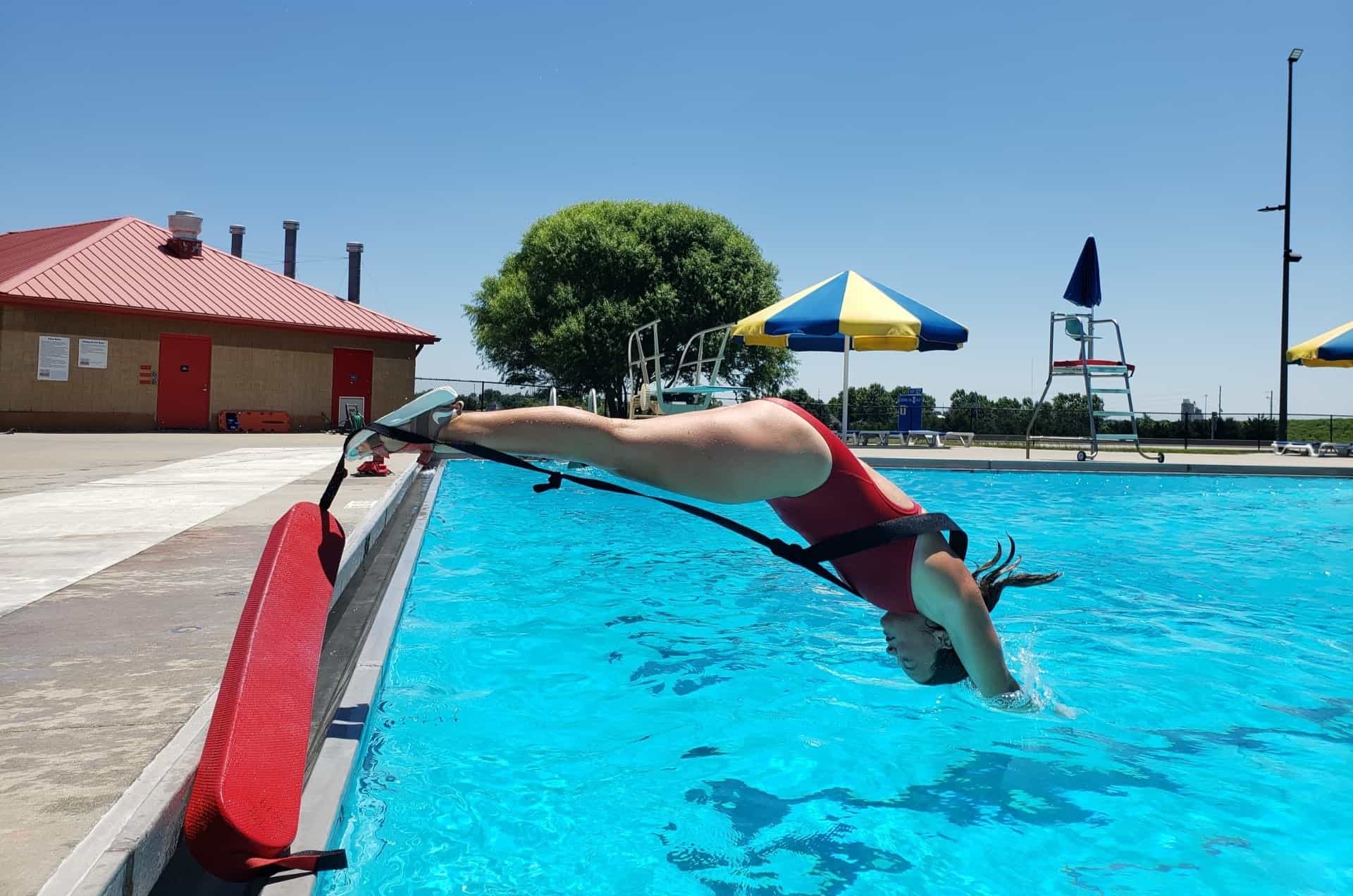
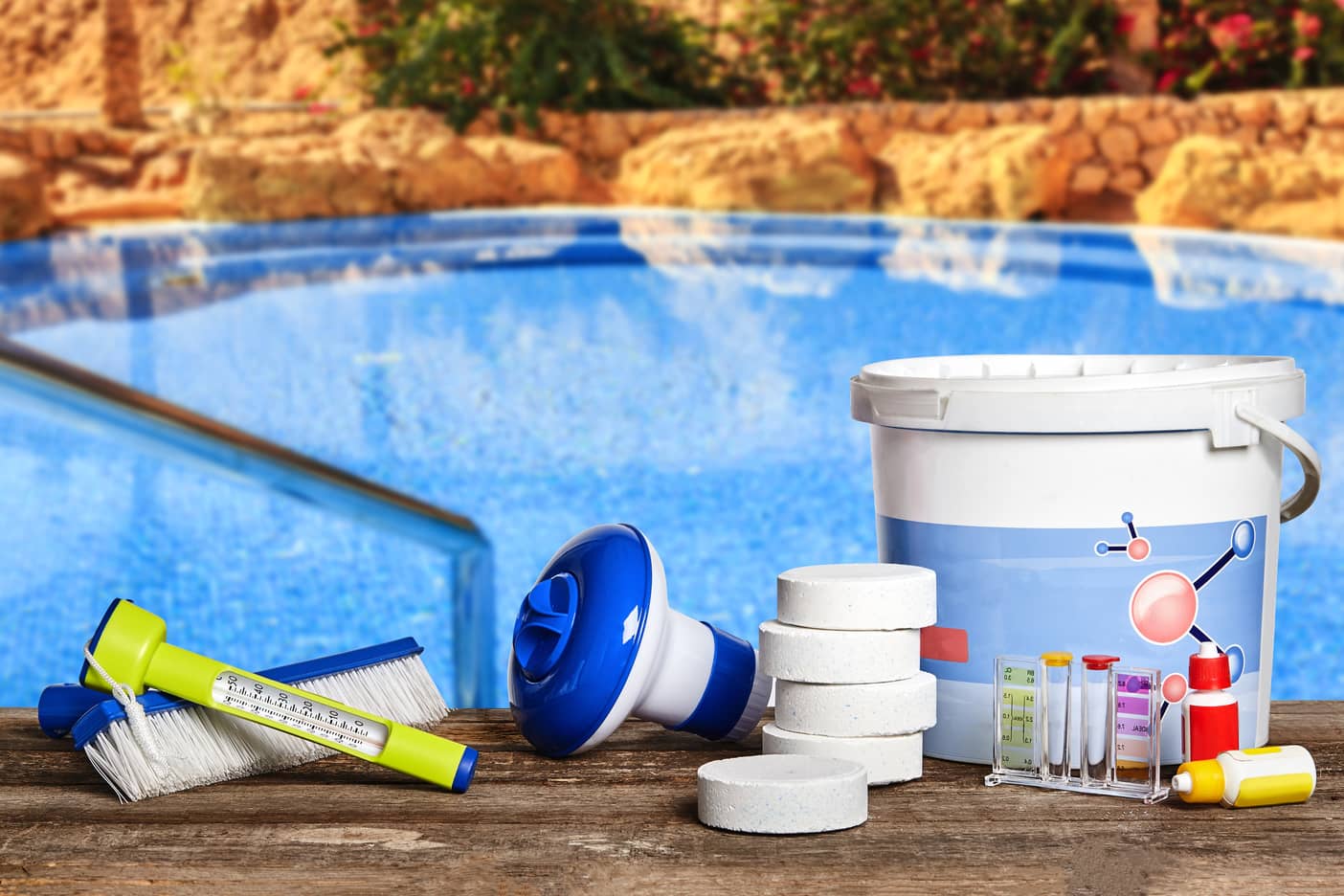
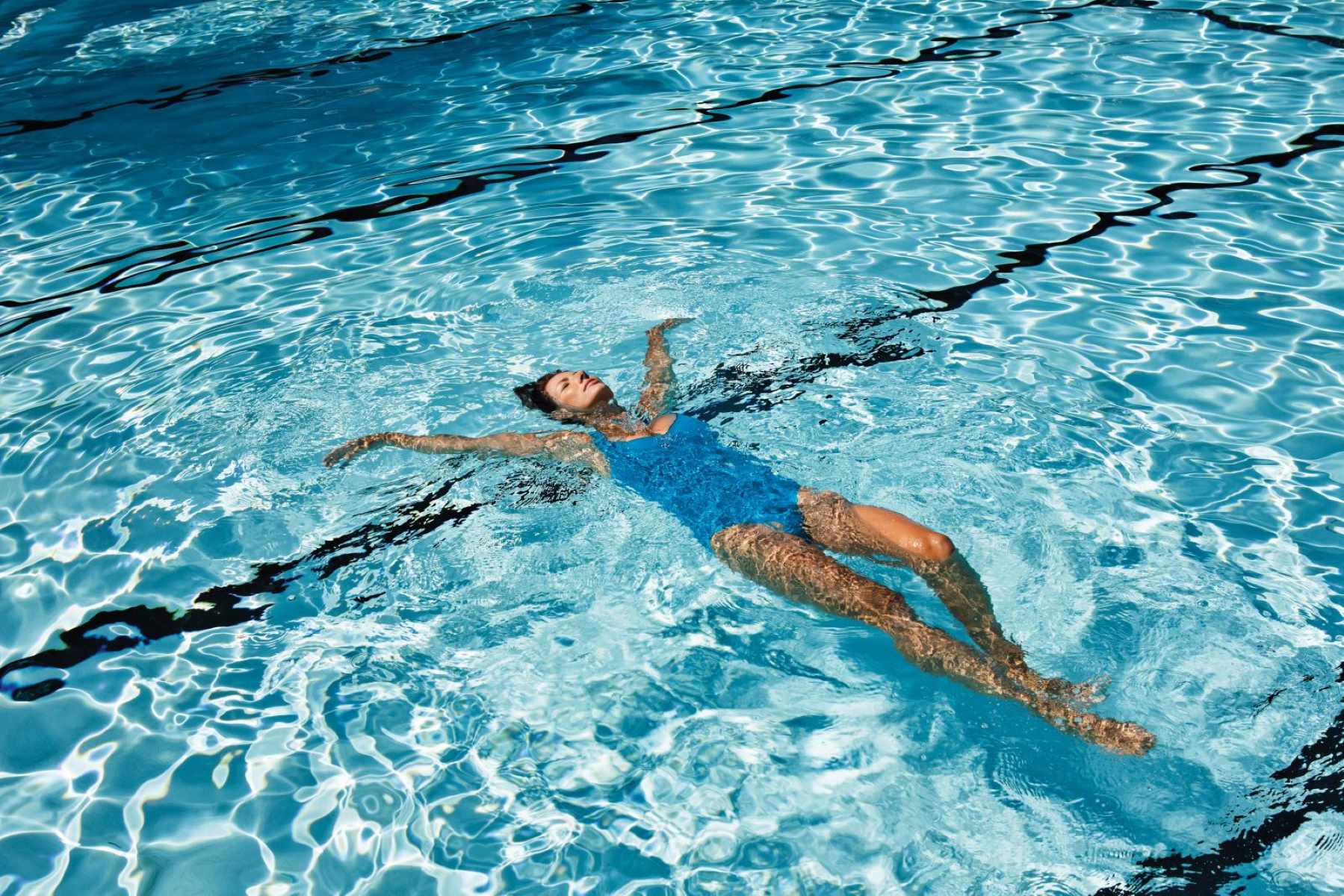
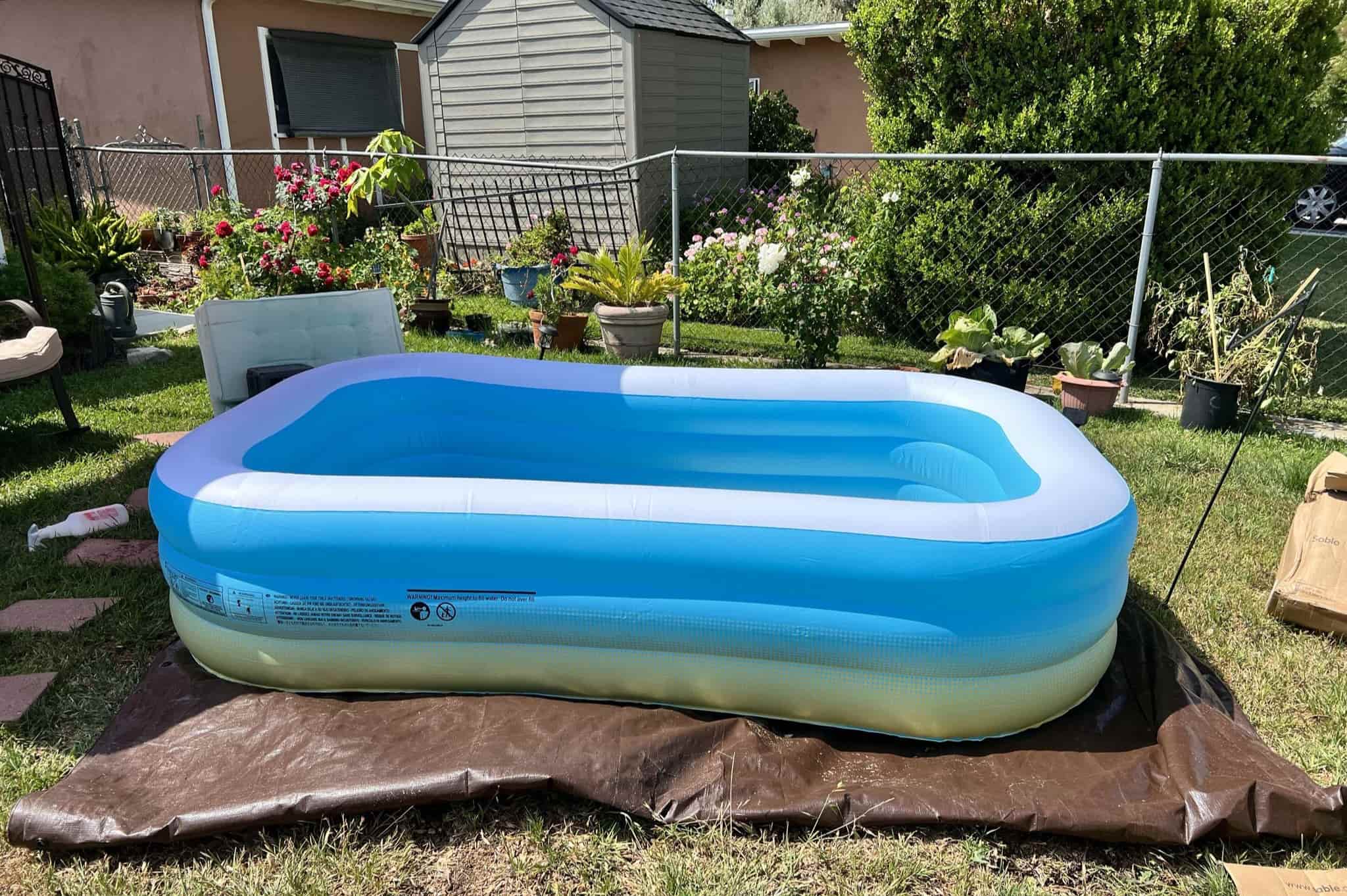

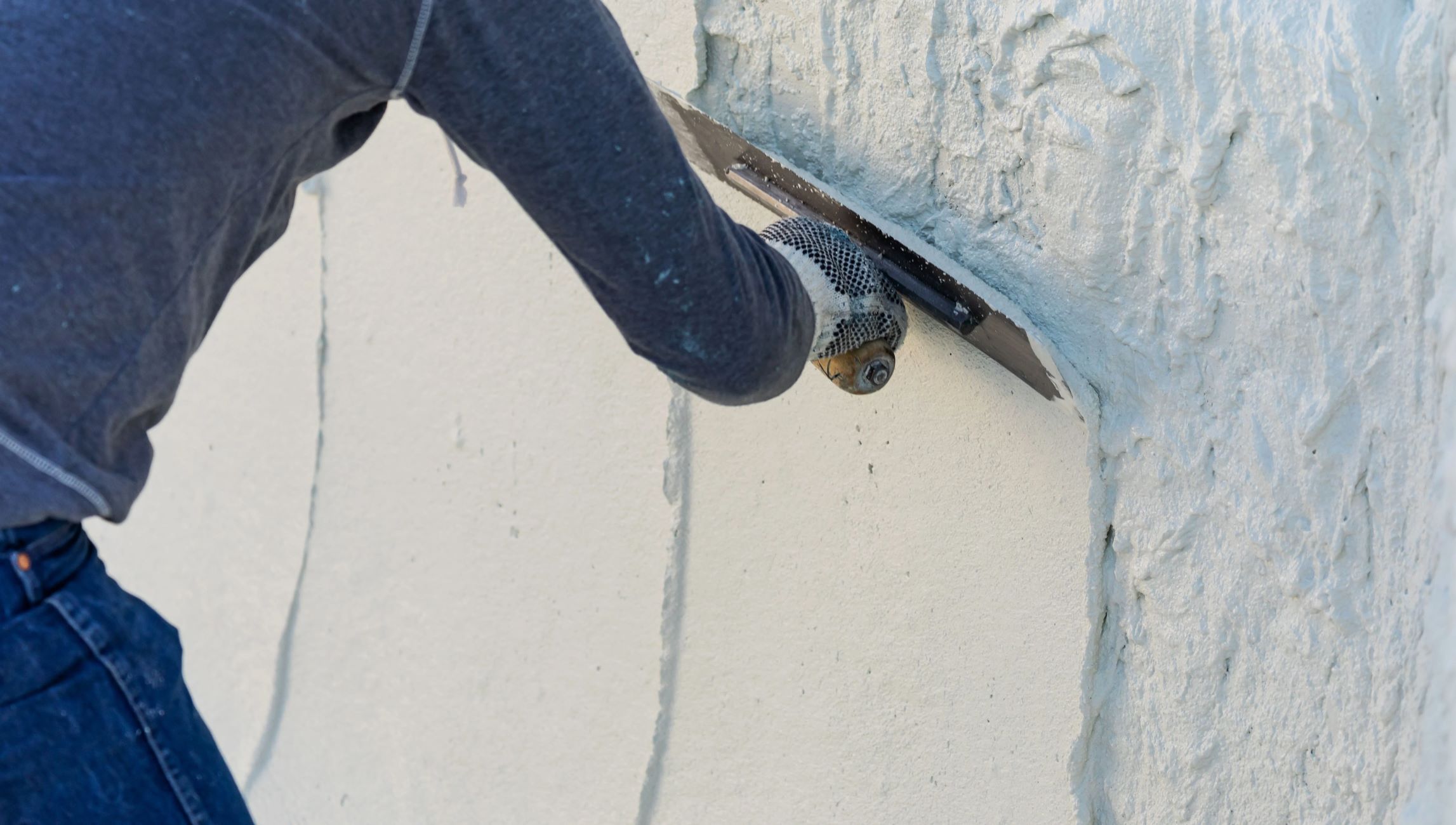
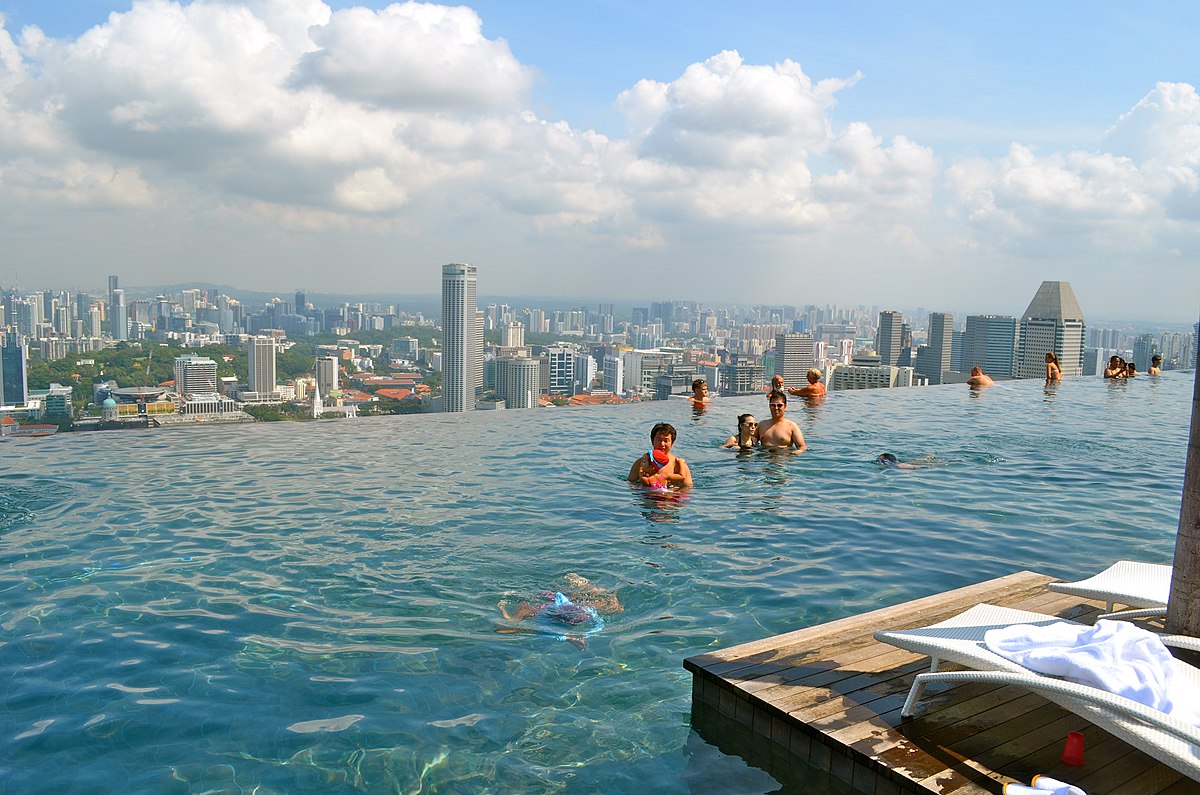
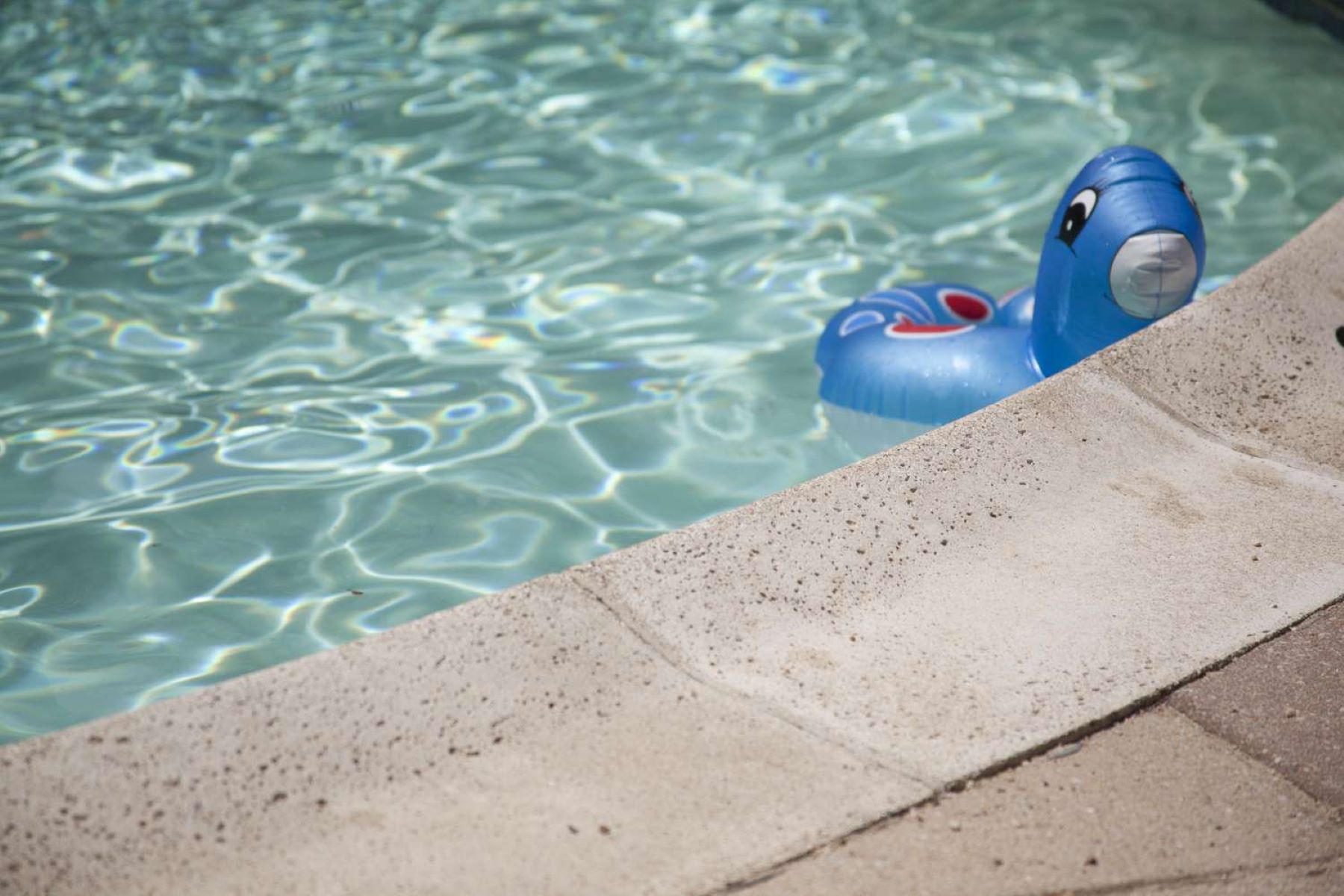

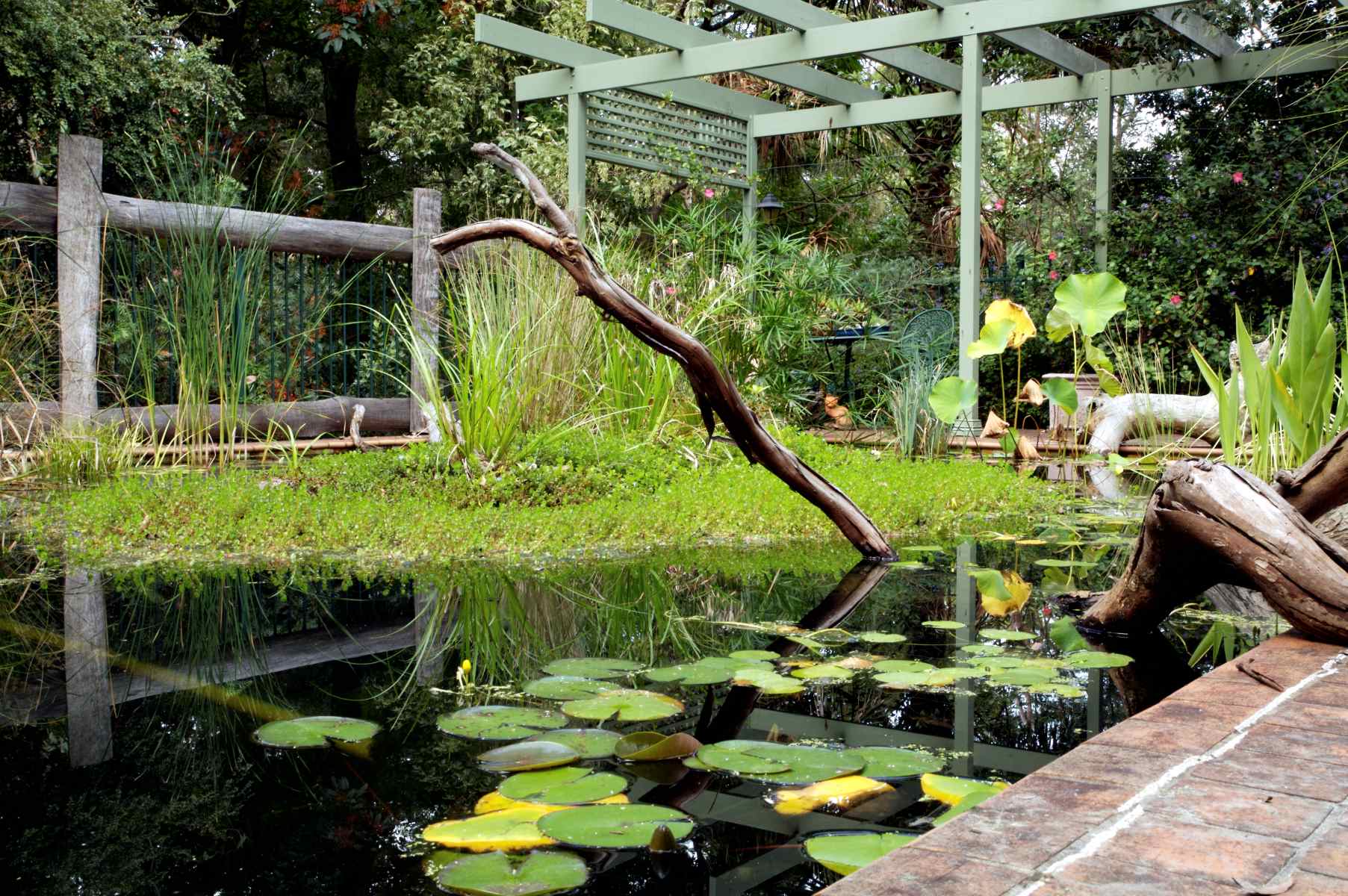

0 thoughts on “How To Maintain A Swimming Pool”